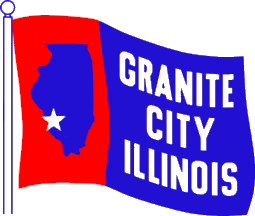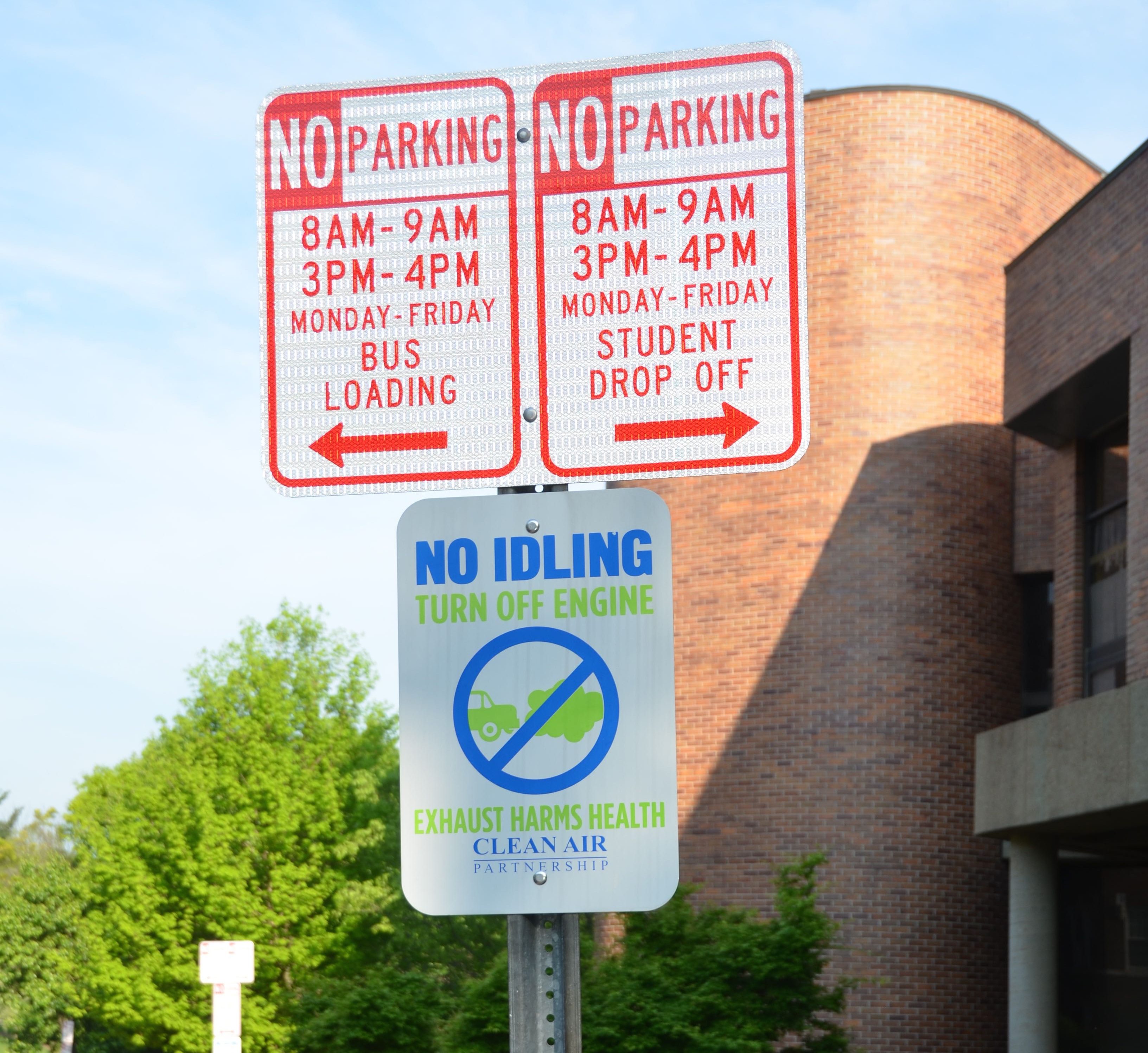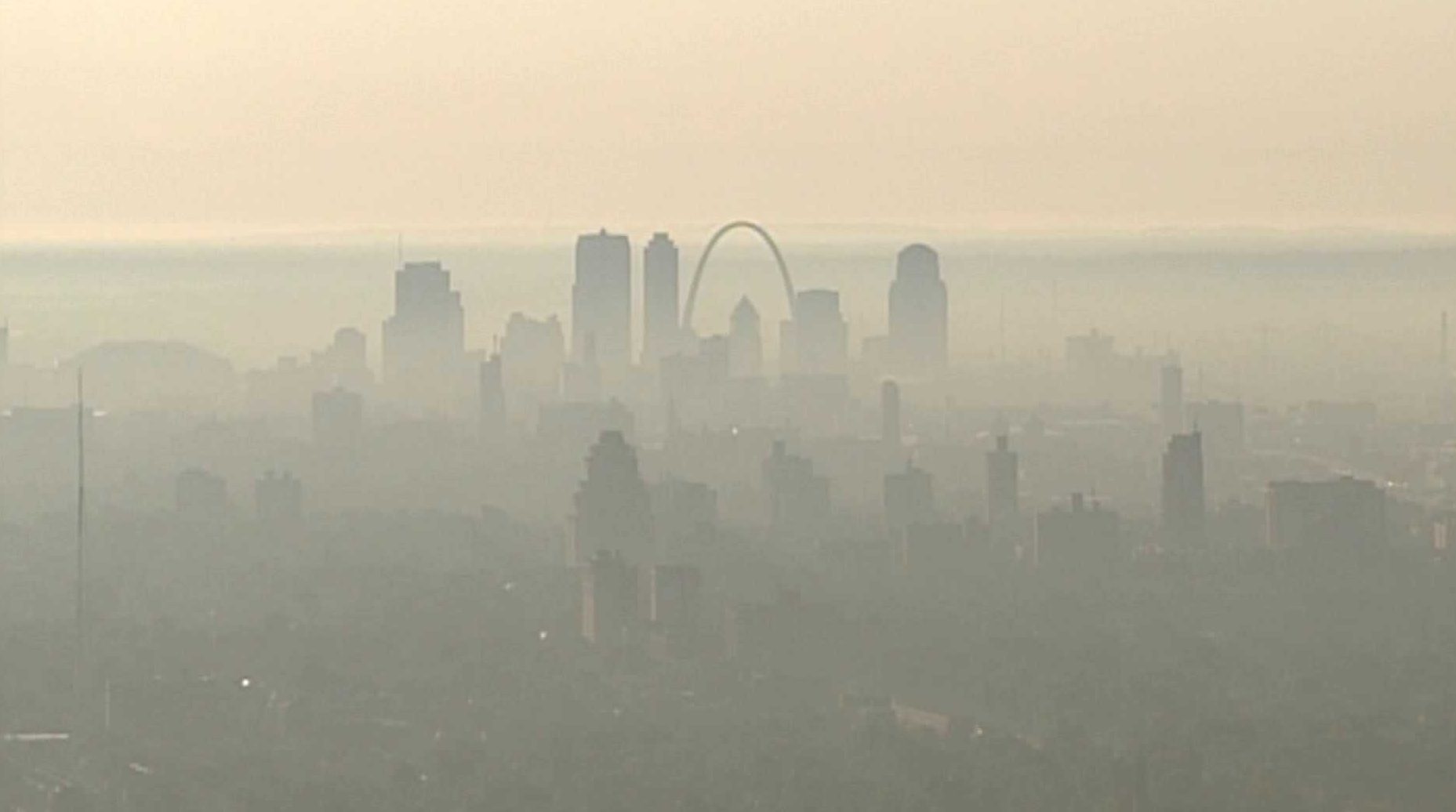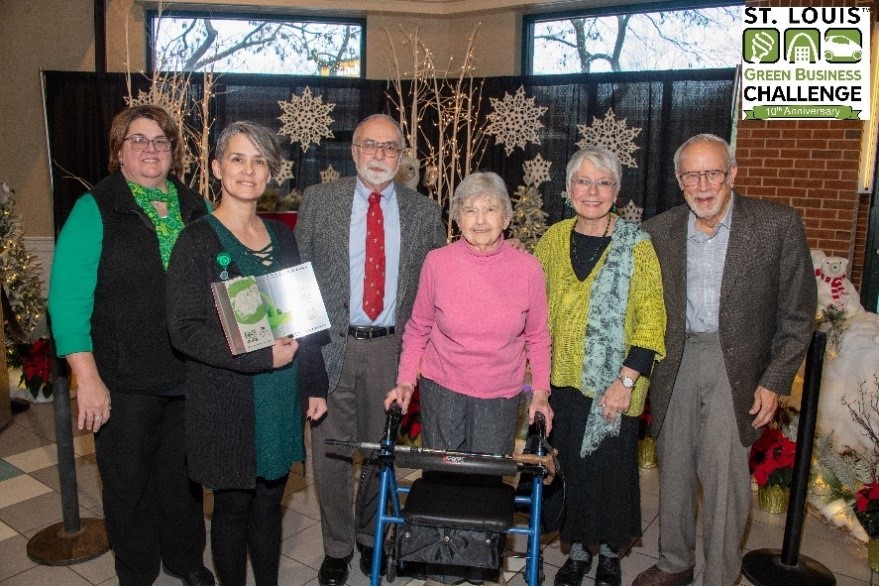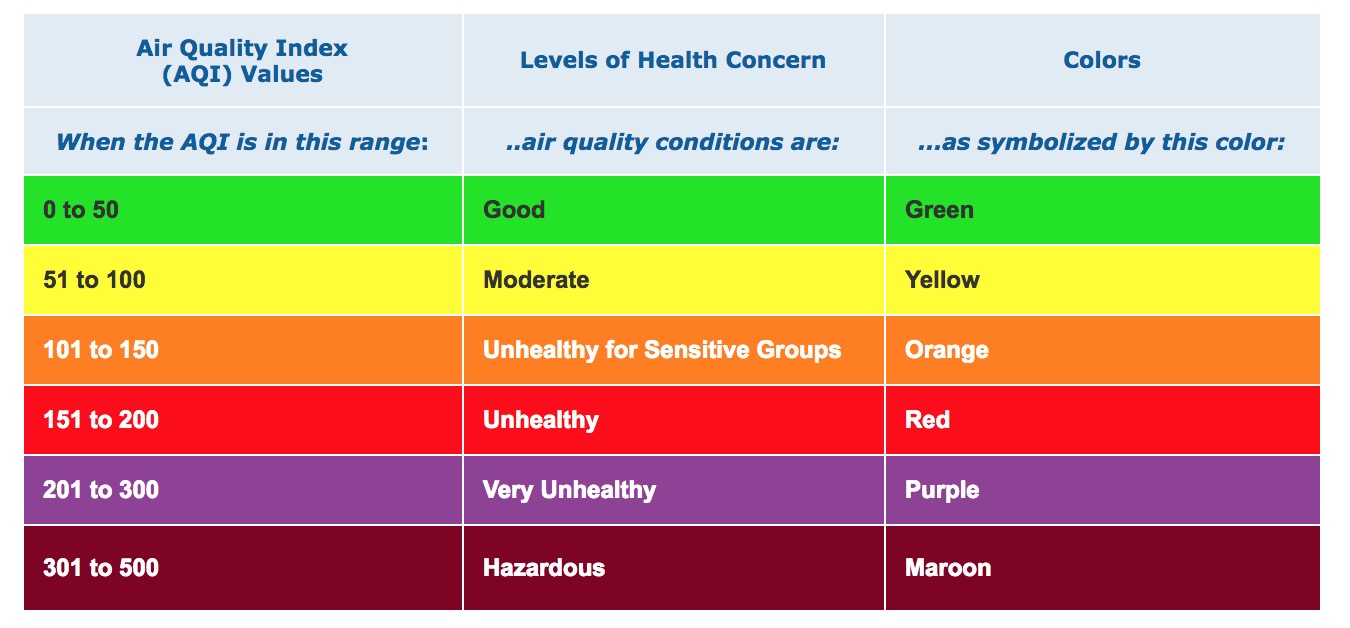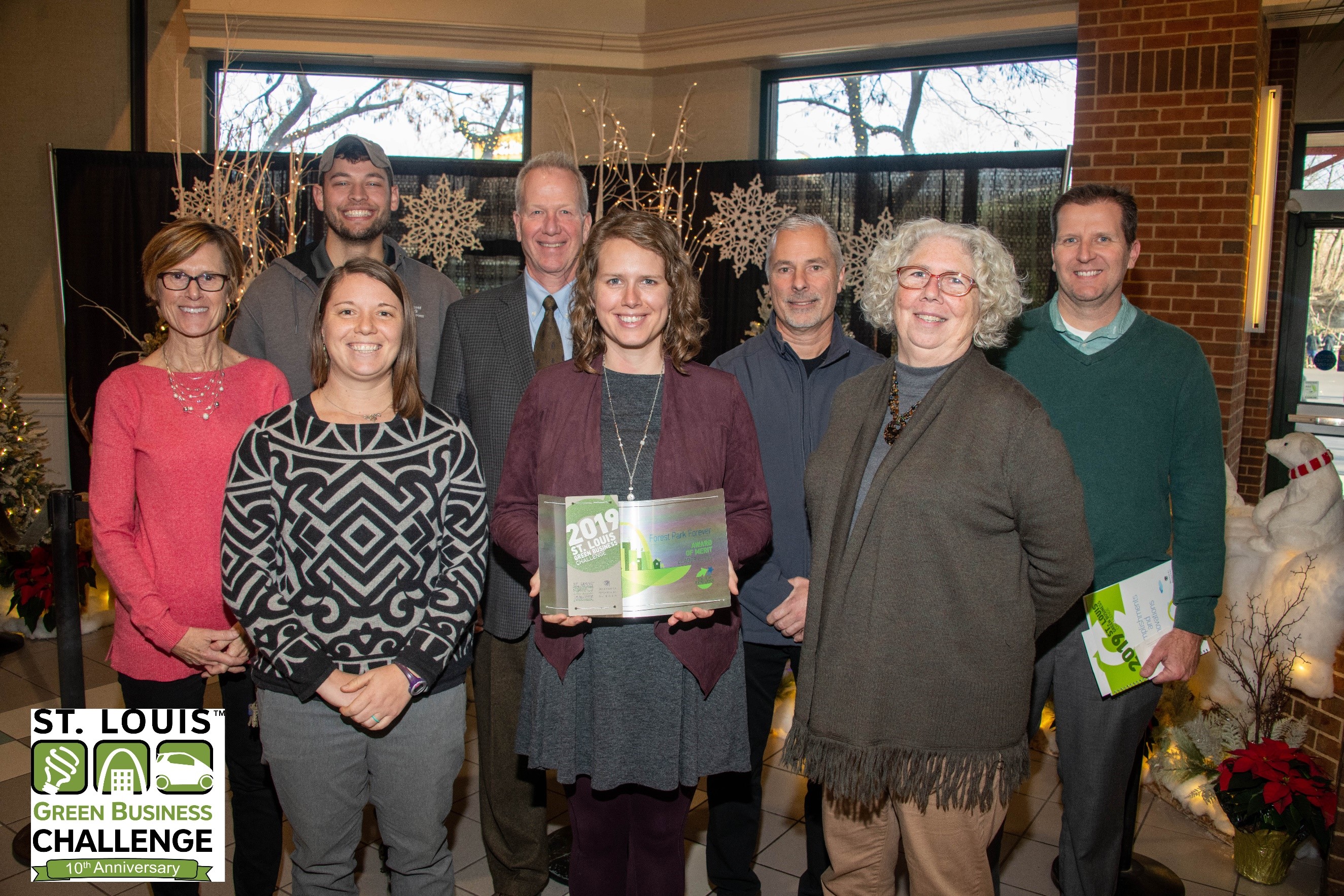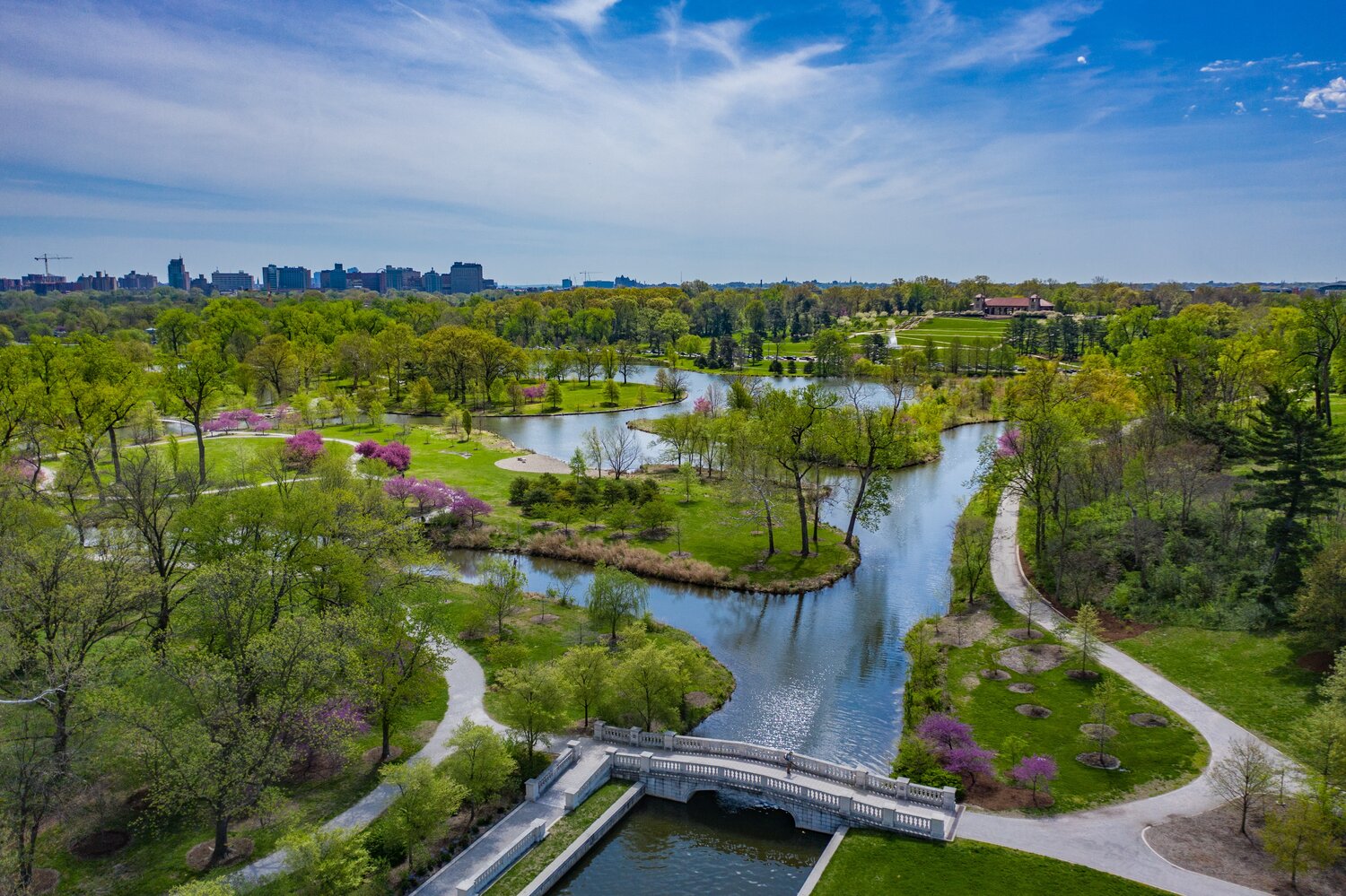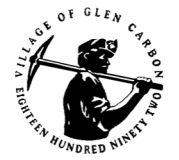With the region continuing to experience sizzling summer temperatures and the importance of keeping the region’s air clean at an all-time high, the Clean Air Partnership is showing appreciation for local organizations and municipalities that are stepping up for the environment and the region’s air quality in a big way. This month, we are pleased to shine a spotlight on Granite City, Ill., for their ongoing sustainable efforts and tremendous work to reduce their carbon footprint.
Founded in 1896 and known for its rich and varied history, Granite City has become a prime location for industrial growth due to its central location and access to the Mississippi River. As a proud participant of the Green Cities Challenge, a program providing local municipalities with the opportunity to learn how to incorporate sustainable policies and practice sustainable fundamentals within their local government business operations, the city continues to build a more sustainable community, both now and for future generations. It’s all part of their effort to achieve the goals set forth by their Sustainability Plan.
Among Granite City’s impressive accomplishments to receive recognition in the 2019 Challenge is hosting two Grow Solar Metro-East power hours, which informed property and small business owners throughout Madison, St. Clair and Monroe Counties about solar power opportunities and how to pool their buying to secure discounts for solar technology in an effort to Solarize the Metro East.
Furthermore, the city conducted a greenhouse gas inventory and installed LED lights at City Hall, the police station, three fire stations and the Port Authority District to do their share for cleaner air by reducing harmful emissions. LED lights are up to 80% more efficient than incandescent bulbs, with around 95% of the energy converted into light, wasting only 5% of energy in the form of heat.
Additionally, the city converted its Ozone Garden into a Native Pollinator Garden, designating it as a Monarch Waystation to create educational outreach programs and add to the current native plantings. The city also received a grant through the Heartlands Conservancy to identify and evaluate existing trees in selected areas and provide recommendations for new plantings to help keep the air clean.
Communication with area residents played an important part in Granite City’s journey to sustainability. Through a “Listen, Lead, Share” event hosted by the city, local residents were able to share their thoughts and views on improving the quality of life for community members as ambassadors of sustainability and offer legislators ideas for shaping Illinois policies on Clean Energy Jobs. In order to better communicate the city’s green initiatives to members of the community, the Cool Cities Committee also revamped its website, providing quick and easy access to various resources promoting clean energy solutions within Granite City and the surrounding area, as well as sustainable alternatives that benefit the environment.
To learn more about the link between sustainability and air quality, explore our website, like us on Facebook or follow us on Twitter at @gatewaycleanair. For more information about the ongoing sustainable efforts by Granite City and how your municipality can get involved in the St. Louis Green Business/Green Cities Challenge, subscribe to the bi-monthly E-Newsletter or visit www.stlouisgreenchallenge.com.
